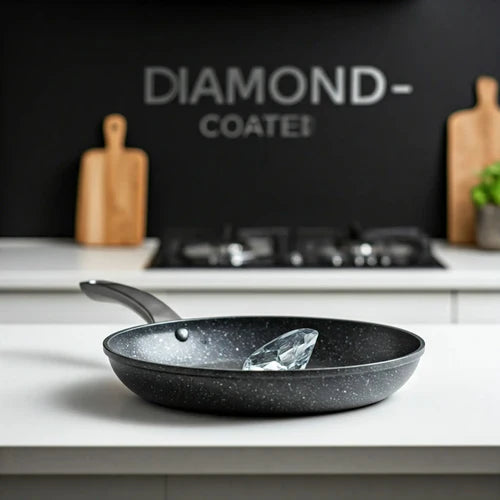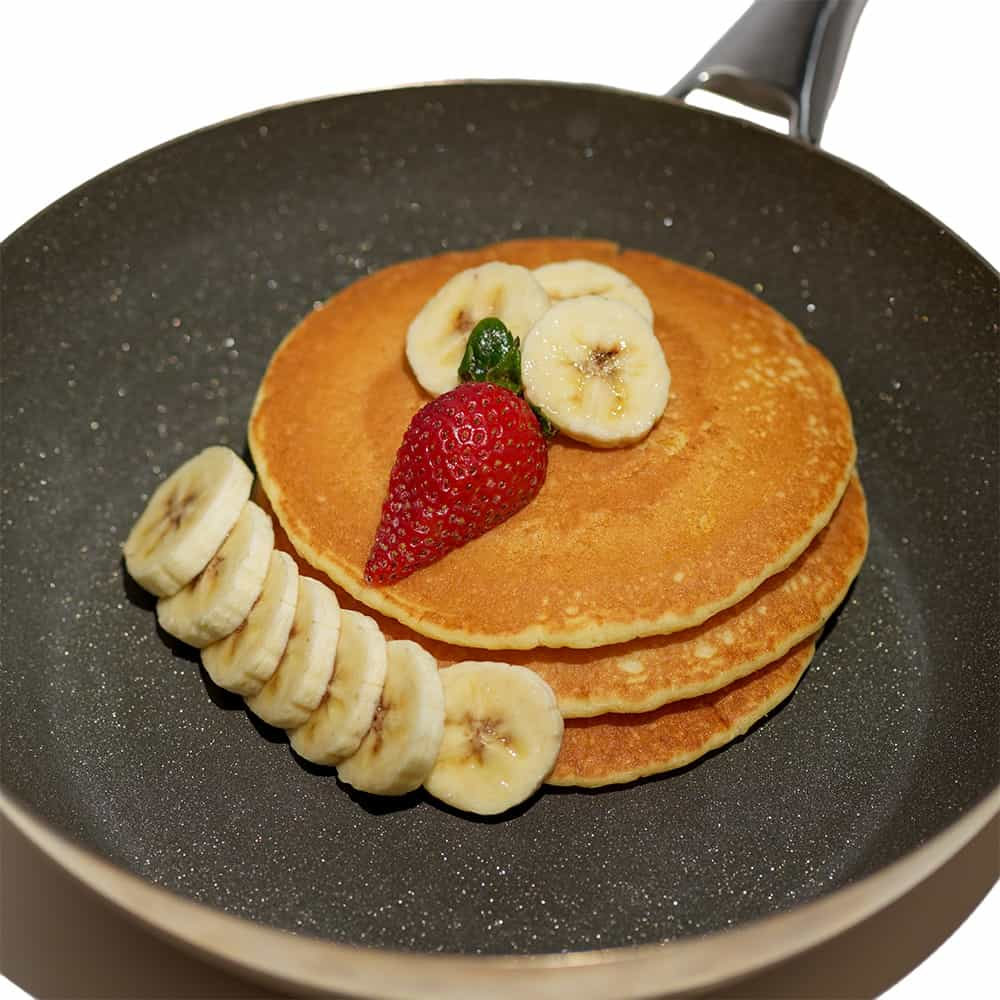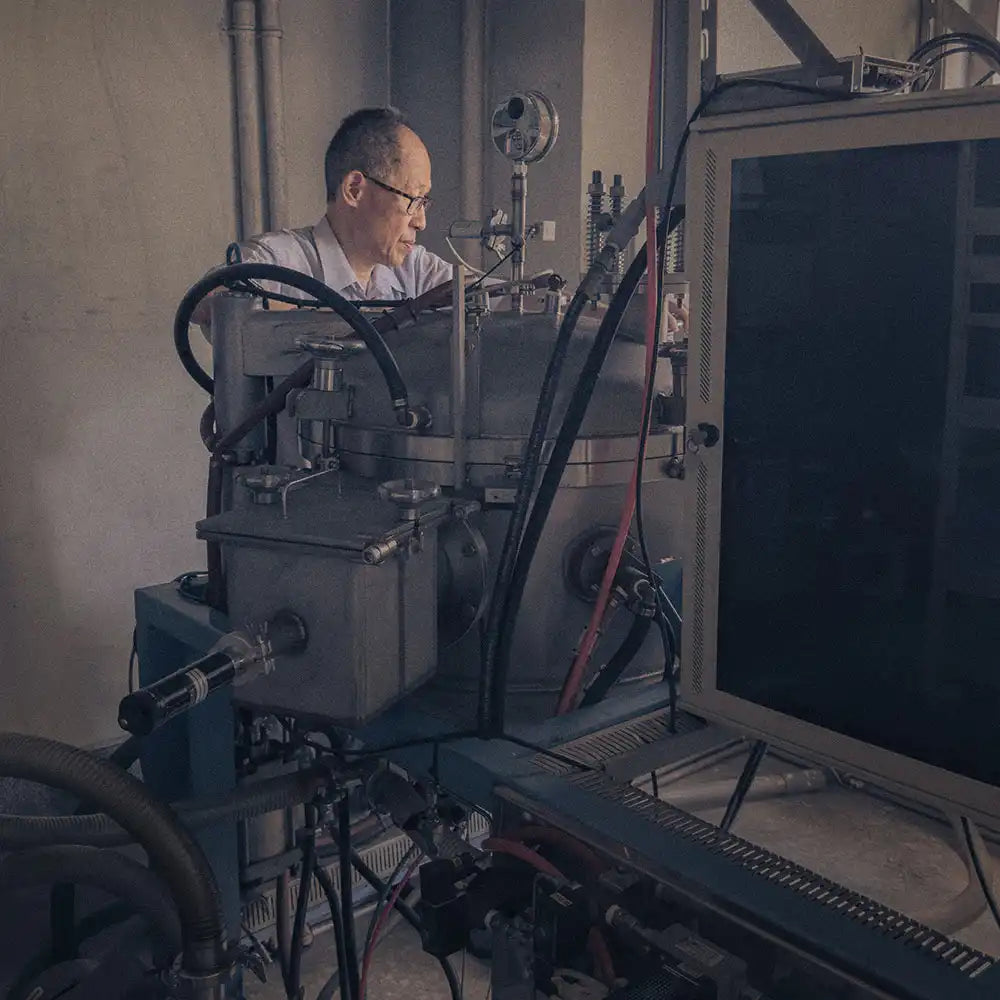
Best Diamond Coated Cookware? What You NEED to Know Before You Buy

Have you ever seen cookware advertised as “diamond-coated” and wondered if it’s truly covered in diamonds? You’re not alone! Diamond references are everywhere in kitchenware marketing, but the truth is more complex—and a whole lot less glamorous—than you might think. In this article, we’ll break down what “diamond-coated” cookware really is (or isn’t!) and why genuine diamond coatings simply don’t exist on the market.
Quick Takeaway
- No True “Diamond-Coated” Cookware: Genuine diamond-coated cookware doesn’t exist because it’s too expensive to produce and too fragile for practical use.
- What You’re Actually Buying: Most “diamond-coated” cookware is actually diamond-infused, where small diamond particles are mixed into nonstick or ceramic surfaces for durability.
- Vacuum Brazed Cookware: A premium option where diamond particles are fused directly to metal for exceptional toughness—rare and expensive.
- Shop Smart: Understand the marketing terms, and don’t overpay for cookware based on the “diamond” label alone.
1. The Allure of Diamonds in Cookware
- Hardness: Diamonds are famously the hardest natural material on Earth. This makes them resistant to scratches.
- Sparkle and Prestige: Diamonds have long been associated with luxury and high performance.
- Heat Conductivity: Diamonds conduct heat well, which could, in theory, help food cook more evenly.
It’s no surprise that cookware companies use the promise of “diamond strength” to catch the eye of shoppers. The result is a wave of pots and pans labeled “diamond-coated,” “diamond-infused,” or “diamond-reinforced.”
2. Why True Diamond Coating Doesn’t Exist
Costly and Complicated
To coat a large surface (like a pan) with real diamond, manufacturers would have to rely on incredibly expensive industrial processes such as Chemical Vapor Deposition (CVD). This technique is used to grow thin diamond layers in highly controlled environments—something that’s simply not economical for consumer cookware.
Fragile on a Large Scale
Diamonds are extremely hard, but they’re also brittle. A large, flat diamond surface can easily crack or chip if struck. Imagine dropping a heavily “diamond-coated” pan or accidentally hitting it against the sink—chances are, that precious layer would fracture or flake off. Not exactly practical for daily cooking!
Bottom Line: Between the sky-high manufacturing costs and the brittleness of a large diamond surface, true diamond-coated cookware isn’t realistically available in stores.
3. The Reality: Diamond-Infused (Not Coated)

What you’ll actually find on the market are products labeled as “diamond-coated” but are really diamond-infused. In other words, tiny diamond particles (or diamond dust) are mixed into a nonstick or ceramic coating. Here’s what you should know:
-
Improved Hardness
The diamond particles add some scratch resistance compared to standard nonstick surfaces. However, it’s still vital to treat these pans with care—avoid metal utensils and abrasive scrubbers for the longest life. -
Better Heat Distribution
Even a sprinkle of diamond can help distribute heat more evenly. This means fewer hot spots and more uniform cooking results. -
Marketing Hype
The term “diamond” is often used loosely in advertising. While diamond-infused cookware can be an improvement over basic coatings, it’s not a miracle pan that will never wear out.
4. How to Shop Smart
Choose Vacuum Brazed Diamond Cookware

There is a lesser-known type of cookware using a high-tech process called vacuum brazing. Instead of just mixing tiny diamond particles into a coating, manufacturers fuse diamond crystals directly onto the metal surface in a vacuum environment. This creates an extremely durable bond that can handle tougher conditions and even resist some of the wear that affects ordinary nonstick pans. However, vacuum brazed diamond cookware is often very expensive and more common in industrial or professional settings than in everyday home kitchens. It’s an exciting technology if you need heavy-duty cookware, but it’s not what most consumers encounter when they see “diamond-coated” on store shelves.
More Shopping Tips
- Read the Label Carefully: If it claims “diamond-coated,” dig into the product details. You’ll likely find mentions of “diamond-infused” or “diamond-reinforced” rather than a solid diamond layer.
- Consider Brand Reputation: Established brands with good customer reviews often provide higher-quality nonstick surfaces that can last for years.
- Handle with Care: Even though diamond-infused surfaces may be tougher, they’re not indestructible. Using gentle cooking methods and the right utensils prolongs the life of any pan.
- Weigh the Cost: Don’t overpay based on the “diamond” name alone. Compare features and warranties. Sometimes, other premium nonstick or ceramic cookware can offer similar durability at a lower price.
5. Final Thoughts
While the idea of a genuine “diamond-coated” pan might sound exciting, it’s just not something you’ll find on the consumer market—the process would be prohibitively expensive, and the coating itself would be too fragile to hold up in a busy kitchen. Instead, what you see advertised is diamond-infused cookware, which can provide some benefits but isn’t the luxury wonder-pan that the label suggests.
Next time you spot cookware boasting a “diamond” label, you’ll be ready to separate fact from fiction. Understanding the difference ensures you’ll make informed decisions and avoid overpaying for a shiny marketing phrase. Happy cooking!
References
- How to Choose Diamond Cookware: Carat Weight Matters Most
- Vacuum Brazed vs. Diamond-Infused Cookware: The Guide to Choosing High-Performance Kitchen Tools
- Advantages and Disadvantages of Vacuum Brazing - Listemann.
- Diamond: Shaping the Future of Cookware
- Swiss Diamond Cookware Review - The Kitchen Eye.
- Blue Diamond Cookware Review After 150 Days of Use - The Skillful Cook.
- The History of Nonstick Pans: From Invention to Culinary Revolution.
- Why Diamonds Are Naturally Nonstick?


